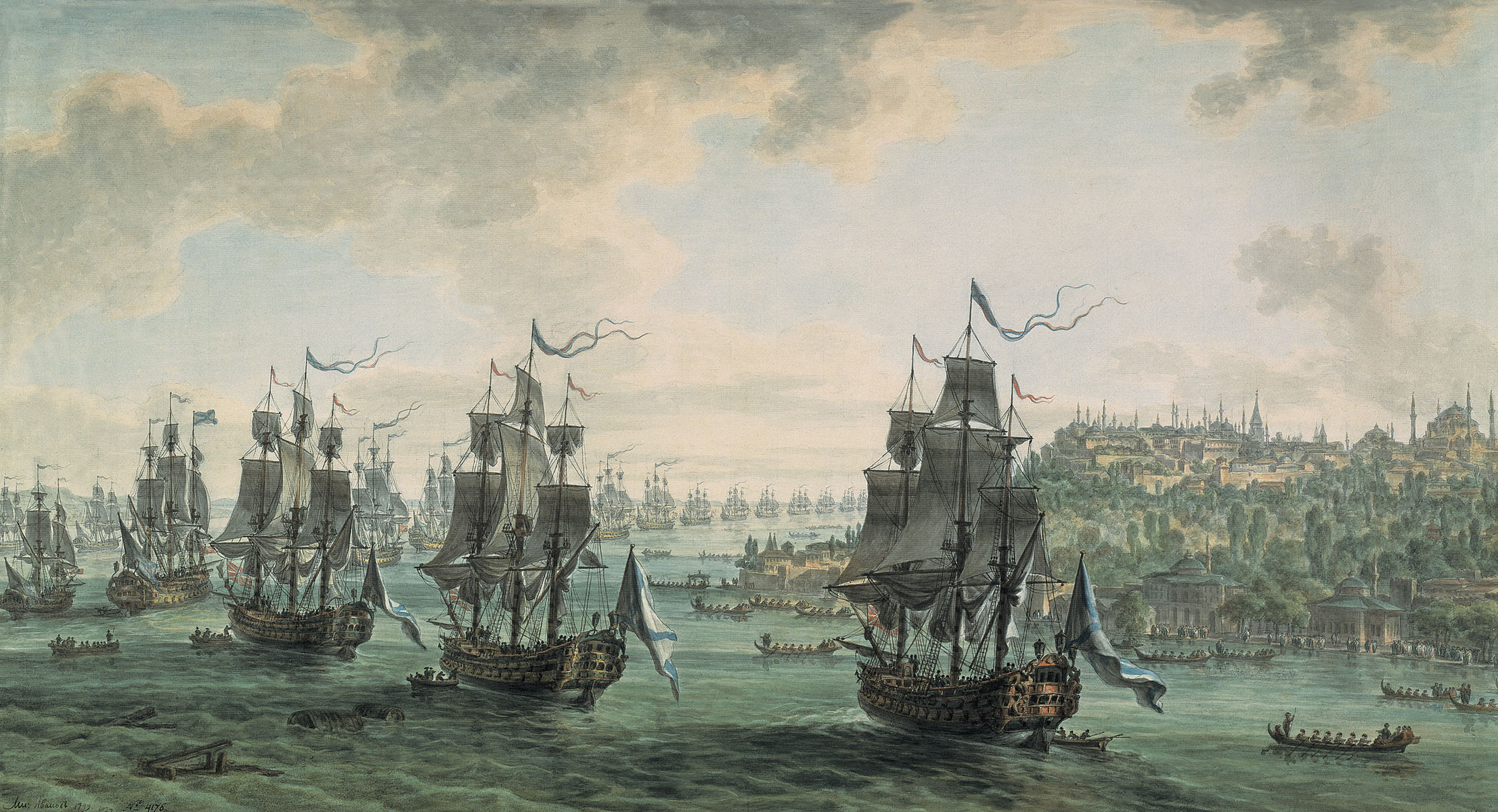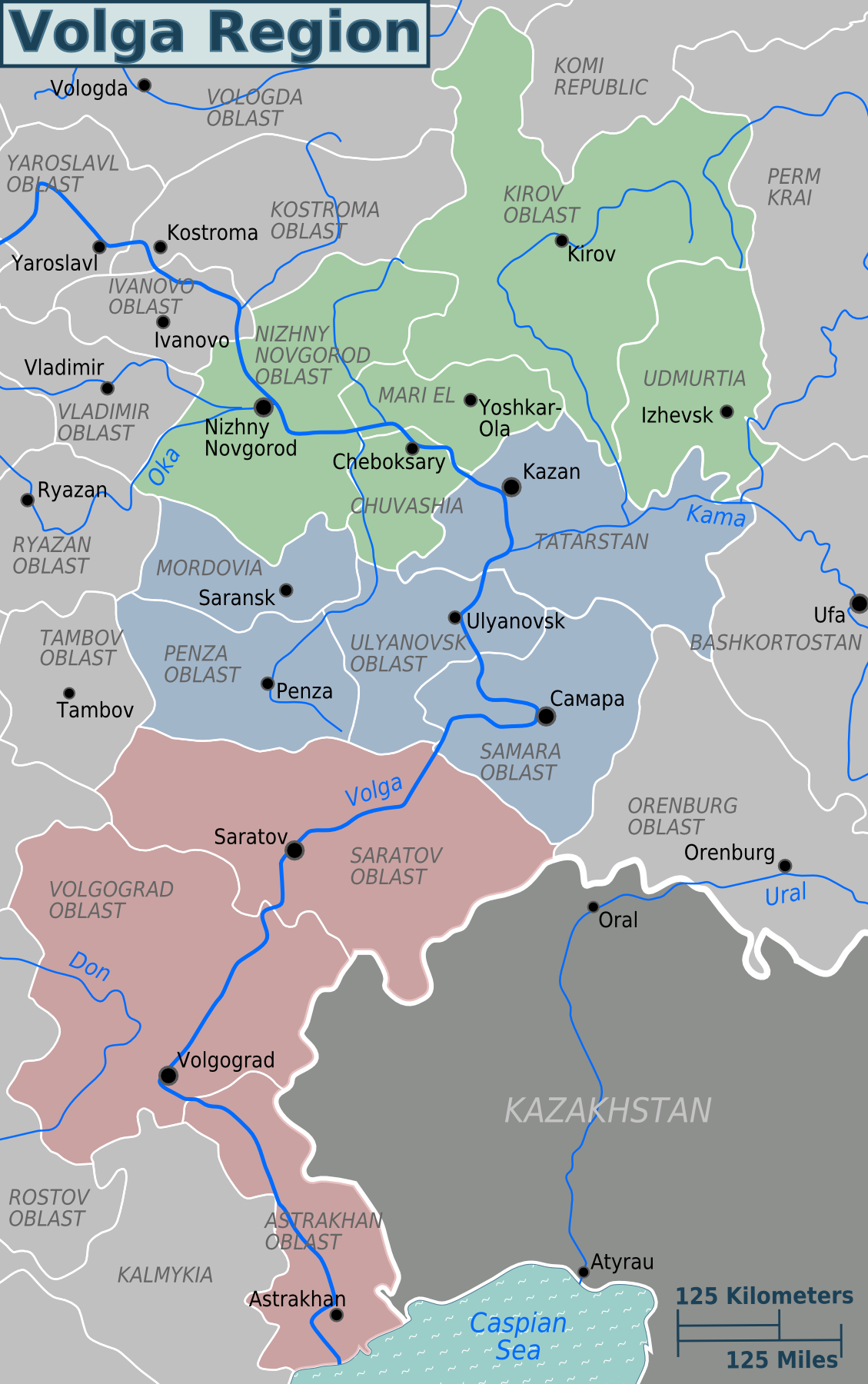|
Rybinsk
Rybinsk (, ) is the second-largest types of inhabited localities in Russia, city of Yaroslavl Oblast in Russia. It lies at the confluence of the Volga and Sheksna rivers, north-north-east of Moscow. Population: It was previously known as ''Ust-Sheksna'' (until 1504), ''Rybnaya Sloboda'' (until 1777), ''Shcherbakov'' (1946–1957), and ''Andropov'' (1984–1989). History Early history Rybinsk is one of the oldest Slavic settlements on the Volga River. The place was first recorded by chroniclers in 1071 as Ust-Sheksna, i.e. "the mouth of the Sheksna". During this period the settlement was a regional center for craft and metal based produce and for trade. In the mid-13th century, Ust-Sheksna was laid waste by Mongol invasion of Rus', invading Mongols. For the next few centuries, the settlement was referred to alternatively as Ust-Sheksna or Rybansk. From 1504, it was identified in documents as Rybnaya Sloboda (literally: "the fishing village"). The name is explained by the f ... [...More Info...] [...Related Items...] OR: [Wikipedia] [Google] [Baidu] |
Yaroslavl Oblast
Yaroslavl Oblast is a federal subjects of Russia, federal subject of Russia (an oblast), which is located in the Central Federal District, surrounded by the Tver Oblast, Tver, Moscow Oblast, Moscow, Ivanovo Oblast, Ivanovo, Vladimir Oblast, Vladimir, Kostroma Oblast, Kostroma, and Vologda Oblast, Vologda oblasts. This geographic location gives the oblast the advantages of proximity to Moscow and Saint Petersburg. Additionally, the Classification of inhabited localities in Russia, city of Yaroslavl, the administrative center of the oblast, is served by major highways, railroads, and waterways. The population of the oblast was 1,272,468 as of the Russian Census (2010), 2010 Census. Geography The climate of Yaroslavl Oblast is temperate continental; there are four clearly established seasons and most of the precipitation falls as showers during the warm half of the year. Winters are cold and snowy winters, and summers are quite warm. The coldest month is January, when the average ... [...More Info...] [...Related Items...] OR: [Wikipedia] [Google] [Baidu] |
Rybinsky District, Yaroslavl Oblast
Rybinsky District () is an administrativeLaw #12-z and municipalLaw #65-z district (raion), one of the seventeen in Yaroslavl Oblast, Russia. It is located in the northwest of the oblast. The area of the district is . Its administrative center is the city of Rybinsk (which is not administratively a part of the district). Population: 28,153 ( 2010 Census); Pavel Batov was born in Filisovo, a village in the district. Administrative and municipal status Within the framework of administrative divisions, Rybinsky District is one of the seventeen in the oblast. The city of Rybinsk serves as its administrative center An administrative centre is a seat of regional administration or local government, or a county town, or the place where the central administration of a commune, is located. In countries with French as the administrative language, such as Belgiu ..., despite being incorporated separately as a city of oblast significance—an administrative unit with the status equ ... [...More Info...] [...Related Items...] OR: [Wikipedia] [Google] [Baidu] |
Sheksna
The Sheksna () is a river in the Belozersky, Kirillovsky, Sheksninsky, and Cherepovetsky districts of Vologda Oblast in Russia. It is a left tributary of the Volga. It is long, and the area of its basin .«Река Шексна» Russian State Water Registry The principal tributaries of the Sheksna are the Sizma (left) and the Kovzha (right). According to 's Etymological Dictionary, the origin of the river's name is unclear, but it may originate from a |
Volga
The Volga (, ) is the longest river in Europe and the longest endorheic basin river in the world. Situated in Russia, it flows through Central Russia to Southern Russia and into the Caspian Sea. The Volga has a length of , and a catchment area of .«Река Волга» , Russian State Water Registry It is also Europe's largest river in terms of average discharge at delta – between and – and of . It is widely regarded as the national river of |
Avraam Melnikov
Abram or Avraam Melnikov (Авраам Иванович Мельников; 1784—1854) was a Russian Neoclassical architect associated with the late phase of the Empire style. His teachers at the Imperial Academy of Arts included Andreyan Zakharov. He graduated with a gold medal and went to further his studies in Italy. Melnikov became de facto Dean of the Academy in 1831 but was not officially appointed until 1843. Melnikov collaborated with sculptor Ivan Martos on the pedestals for his statues of Minin and Pozharsky in Red Square and Duc de Richelieu at the top of the Potemkin Stairs in Odessa. Apart from the Imperial School of Jurisprudence and the Old Believer Church of St. Nicholas (later converted into the Arctic and Antarctic Museum), Melnikov's major buildings are in New Russia and the Volga provinces. The Saviour Cathedral in Rybinsk is based on Melnikov's design that had won the architectural competition for St. Isaac's Cathedral in St. Petersburg. It was al ... [...More Info...] [...Related Items...] OR: [Wikipedia] [Google] [Baidu] |
Fyodor Fyodorovich Ushakov
Admiral Fyodor Fyodorovich Ushakov ( rus, Фёдор Фёдорович Ушаков, Fëdor Fëdorovič Ušakov, p=ʊʂɐˈkof; – ) was an Imperial Russian Navy officer best known for his service in the French Revolutionary and Napoleonic Wars. He won every engagement he participated in as the admiral of the Russian fleet. Life and naval career Ushakov was born in the village of Burnakovo in the Yaroslavl province, Moscow Gubernia, to a modest family of the minor nobility. His father, Fyodor Ignatyevich Ushakov, was a retired sergeant of the Preobrazhensky Regiment of the Russian Imperial guards. By the time Fyodor Ushakov submitted his statement of background (''skaska'') to the military, his family had not been officially confirmed in the so-called 'dvoryanstvo', yet they surely belonged to serving gentry. In the submission Ushakov stated that he neither had a coat-of-arms, nor a royal patent for a landed estate, and had no way to prove nobility. In 1798, Ushakov, a ... [...More Info...] [...Related Items...] OR: [Wikipedia] [Google] [Baidu] |
Confluence
In geography, a confluence (also ''conflux'') occurs where two or more watercourses join to form a single channel (geography), channel. A confluence can occur in several configurations: at the point where a tributary joins a larger river (main stem); or where two streams meet to become the river source, source of a river of a new name (such as the confluence of the Monongahela River, Monongahela and Allegheny River, Allegheny rivers, forming the Ohio River); or where two separated channels of a river (forming a river island) rejoin downstream from their point of separation. Scientific study Confluences are studied in a variety of sciences. Hydrology studies the characteristic flow patterns of confluences and how they give rise to patterns of erosion, bars, and scour pools. The water flows and their consequences are often studied with mathematical models. Confluences are relevant to the distribution of living organisms (i.e., ecology) as well; "the general pattern [downstream o ... [...More Info...] [...Related Items...] OR: [Wikipedia] [Google] [Baidu] |
Nobel Prize
The Nobel Prizes ( ; ; ) are awards administered by the Nobel Foundation and granted in accordance with the principle of "for the greatest benefit to humankind". The prizes were first awarded in 1901, marking the fifth anniversary of Alfred Nobel, Alfred Nobel's death. The original Nobel Prizes covered five fields: Nobel Prize in Physics, physics, Nobel Prize in Chemistry, chemistry, Nobel Prize in Physiology or Medicine, physiology or medicine, Nobel Prize in Literature, literature, and Nobel Peace Prize, peace, specified in Nobel's will. A sixth prize, the Nobel Memorial Prize in Economic Sciences, Prize in Economic Sciences, was established in 1968 by Sveriges Riksbank (Sweden's central bank) in memory of Alfred Nobel. The Nobel Prizes are widely regarded as the most prestigious awards available in their respective fields.Nobel Prize#Shalev69, Shalev, p. 8. Except in extraordinary circumstances, such as war, all six prizes are given annually. Each recipient, known as a laur ... [...More Info...] [...Related Items...] OR: [Wikipedia] [Google] [Baidu] |
Roman Catholic
The Catholic Church (), also known as the Roman Catholic Church, is the largest Christian church, with 1.27 to 1.41 billion baptized Catholics worldwide as of 2025. It is among the world's oldest and largest international institutions and has played a prominent role in the history and development of Western civilization. O'Collins, p. v (preface). The church consists of 24 ''sui iuris'' (autonomous) churches, including the Latin Church and 23 Eastern Catholic Churches, which comprise almost 3,500 dioceses and eparchies around the world, each overseen by one or more bishops. The pope, who is the bishop of Rome, is the chief pastor of the church. The core beliefs of Catholicism are found in the Nicene Creed. The Catholic Church teaches that it is the one, holy, catholic and apostolic church founded by Jesus Christ in his Great Commission, that its bishops are the successors of Christ's apostles, and that the pope is the successor of Saint Peter, upo ... [...More Info...] [...Related Items...] OR: [Wikipedia] [Google] [Baidu] |
Upper Volga
The Volga region, known as the ( , ; rus, Поволжье, r=Povolžje, p=pɐˈvoɫʐje; ), is a historical region in Russia that encompasses the drainage basin of the Volga River, the longest river in Europe, in central and southern European Russia. The Volga region is culturally separated into three sections: * Upper Volga Region – from the Volga River's source in Tver Oblast to the mouth of the Oka River in Nizhny Novgorod; * Middle Volga Region – from the mouth of the Oka River to the mouth of the Kama River south of Kazan; * Lower Volga Region – from the mouth of the Kama River to the Volga Delta in the Caspian Sea, in Astrakhan Oblast. The geographic boundaries of the region are vague, and the term ''Volga region'' is used to refer primarily to the Middle and Lower sections, which are included in the Volga Federal District and Volga economic region. Geography The Volga Region is almost entirely within the East European Plain, with a notable distinction contras ... [...More Info...] [...Related Items...] OR: [Wikipedia] [Google] [Baidu] |




